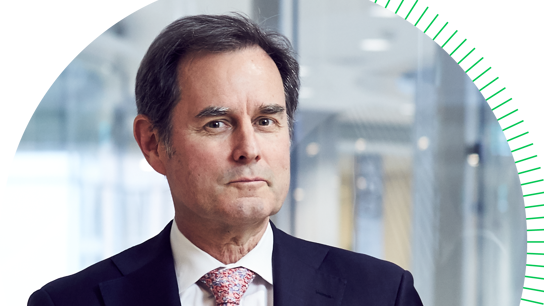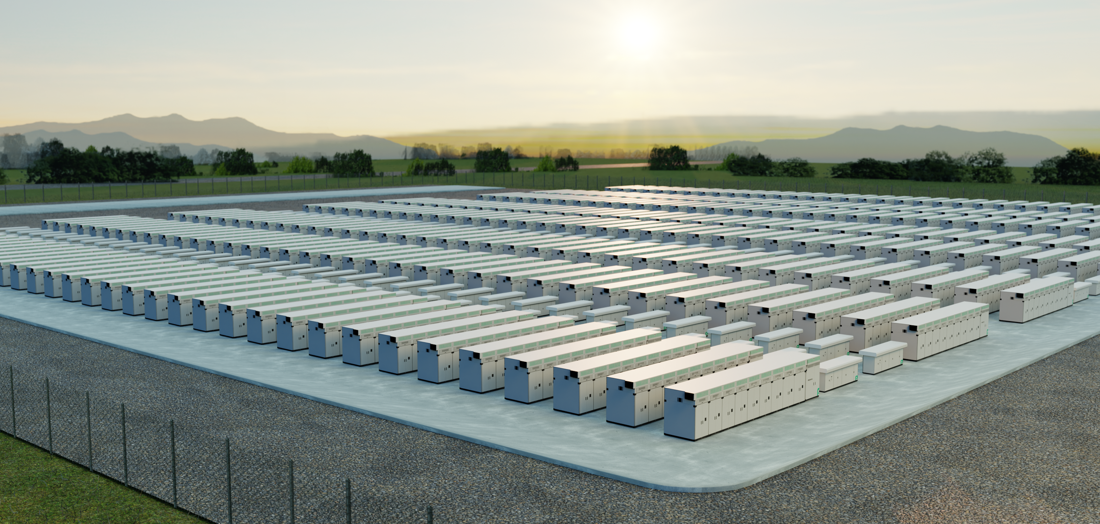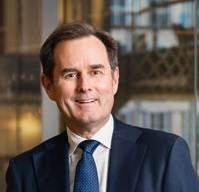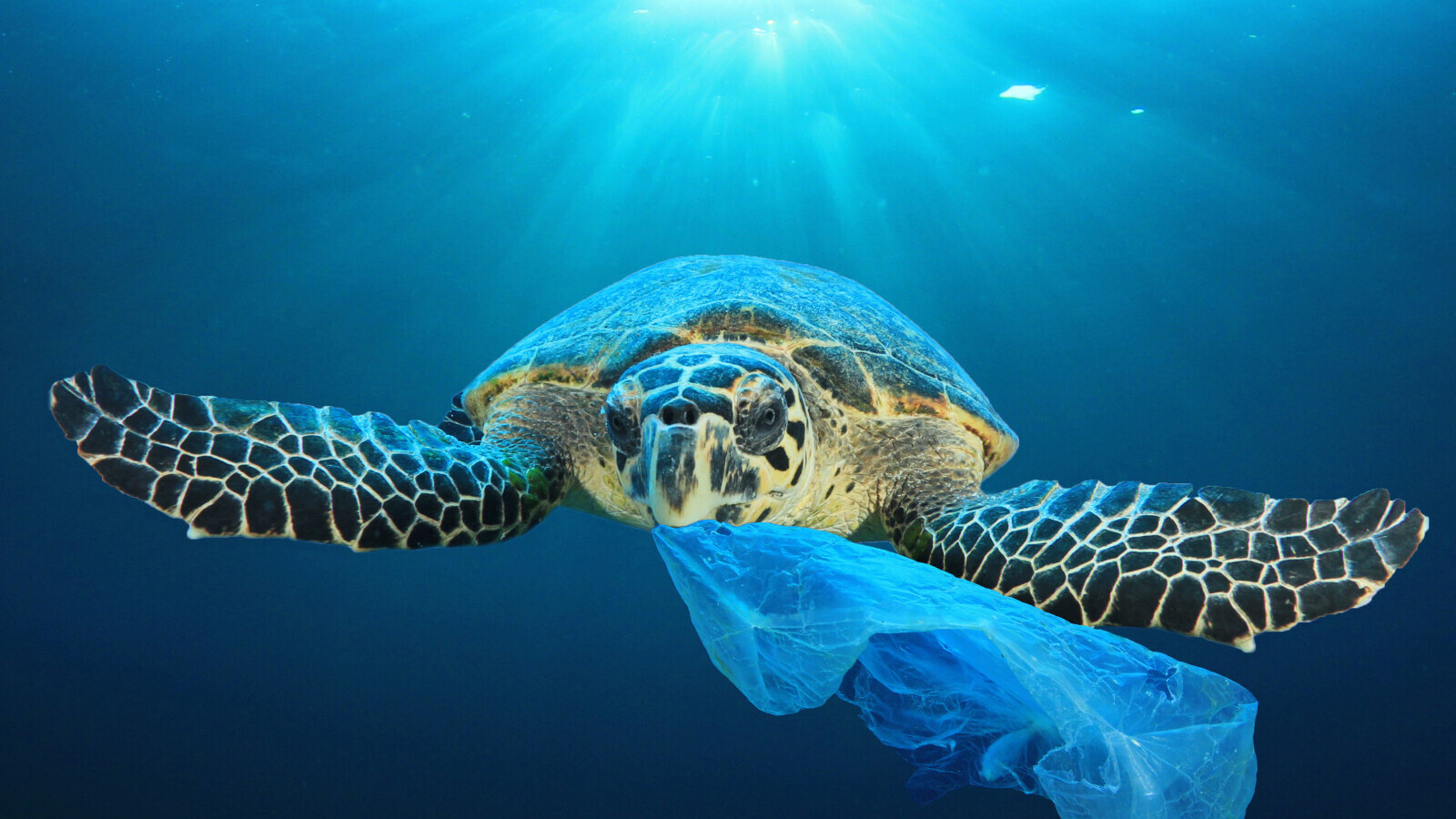
Australia’s green bank attracts record private investments
Australia's government owned green bank Clean Energy Finance Corporation (CEFC) has allocated just over AUS$1.9 billion in energy transition investments so far this year and attracted record contributions from institutional investors.
The bank's new investments include AUS$1.2 billion in renewable energy projects and grid-related commitments as well as a AUS$50 million partnership with Canadian pension fund Caisse de dépôt et placement du Québec (CDPQ).
CEFC has so far invested around AUS$10 billion in clean energy projects since it was set up in 2012, completed 30 new and 20 follow-on transactions in the 12 months to 30 June 2023, with a total market value of AUS$11.7 billion, according to the investor's latest financial update, which was scrutinised by Net Zero Investor.
The investment house, which was established to facilitate increased flows of finance into the clean energy sector and drive public and private net zero investments, said its lifetime commitments hit AUS$12.7 billion across 300 large-scale allocations, taking total lifetime transaction values to AUS$48.8 billion.
The CEFC wrote that private sector investments in the 2022-23 year reached an all-time high, with each AUS$1 of CEFC capital attracting an additional AUS$5.02 in private sector capital.
"This strong leverage reflects CEFC investments in large-scale transformational investments, including a AUS$100 million commitment to the NSW Waratah Super Battery, one of the largest standby network batteries in the world," the financial records showed.
Also read
Why Canadian pension giant CDPQ is betting big on carbon capture, green cement and steel
In addition, the investor also dedicated a record AUS$54.5 million in new and follow on commitments via the Clean Energy Innovation Fund, an investment vehicle which is managed by fund manager Virescent Ventures.
The CEFC also made its single largest allocation-ever in a wind project, committing up to AUS$222.5 million to Victoria’s Golden Plains Wind Farm.

Ian Learmonth, who has been CEFC's chief executive since 2017, clarified that “in making a record [AUS]$1.2 billion in renewables investment commitments in the 2022-23 year, we have worked with investors and project developers to help bring forward 14 large-scale solar, wind and storage projects with a total transaction value of [AUS]$5.7 billion."
"Investment of this scale is critical to our national goal of reaching 82 per cent renewables by 2030," he stressed.
"With Australia’s renewables sector responding to complex global economic and supply chain pressures, we have confirmed our important role in using our capital to fill market gaps in the face of a difficult market for investors and developers," Learmonth wrote.
"We have worked with investors and project developers to help bring forward 14 large-scale solar, wind and storage projects with a total transaction value of [AUS]$5.7 billion."

Learmonth added that the 2022-23 year was heavily dominated by supply chain shortages and grid constraints for the renewables sector, with the CEFC teaming up with investors to guarantee a continued flow of capital to a number of projects.
“This has included responding to market headwinds in capex, interest rates and foreign exchange, with our capital accelerating project delivery and underpinning offtake agreements to aid proponents in navigating challenging market conditions."
He added that "our finance is also backing larger projects, in terms of capital and generation capacity, a positive signal of investor and developer appetite in the required large-scale investments."
Also read
AP4 CEO Niklas Ekvall: ‘we drive the transition in the most carbon-intensive parts of the economy’
Net zero push
Learmonth stated that Australia's ambition to become a net zero economy by 2050 is on the right track, as he sees more and more investors rolling out ambitious climate goals.
“A defining feature of the net zero transition is the flow on economic benefits, in terms of new investment in infrastructure, property and natural capital, alongside the development of new energy sources, such as hydrogen and alternative fuels,” he said.
“These trends are in evidence across CEFC transactions in 2022-23, where Australian and international capital is underpinning economic and sustainability gains in diverse areas of our economy."
The CEFC continued by saying that “our finance is driving greater ambition at the asset owner level across multiple sectors, including exciting mid-market infrastructure and infrastructure-like businesses in areas from healthcare and energy to transport and data centres."
As notable examples, Learmonth singled out a AUS$50 million investment in a new sustainable agricultural platform with Canadian investor CDPQ and a AUS$20 million commitment to car leasing company Splend to help convert the rideshare market to electric vehicles.
"Australian and international capital is underpinning economic and sustainability gains in diverse areas of our economy."
'Rigorous' approach
Learmonth was keen to stress that the CEFC plans to continue to take "a rigorous approach" to its investment decisions.
He argued this has led to positive capital returns, which in 2022-23 were $1.2 billion, taking lifetime repayments and returns to more than $4.5 billion. At the end of June, the CEFC portfolio of on-risk investments was AUS$7.7 billion.
“This results demonstrates the crowding in of private sector banks and investors allowing us to continue to reinvest capital from our original $10 billion allocation, alongside new commitments drawing on the additional [AUS]$20.5 billion allocation announced in the reporting year," Learmonth said.
Cash injection
Finally, the investor also confirmed that the Australian Government recently approved an additional AUS$20.5 billion capital allocation to the CEFC, the first increase since it was founded in 2012.
The additional funds include AUS$19 billion to modernise the Australian energy transmission grid and around AUS$500 million to give the country's climate tech sector a capital injection.
“The recent increase in our capital allocation substantially expands the role of the CEFC as Australia’s ‘green bank’," Learmonth concluded, saying that "we begin our second decade with a clear focus on driving new net zero investment."
Also read
Ontario Teachers Pension CEO Jo Taylor: ‘voting against directors sets the tone for change’




